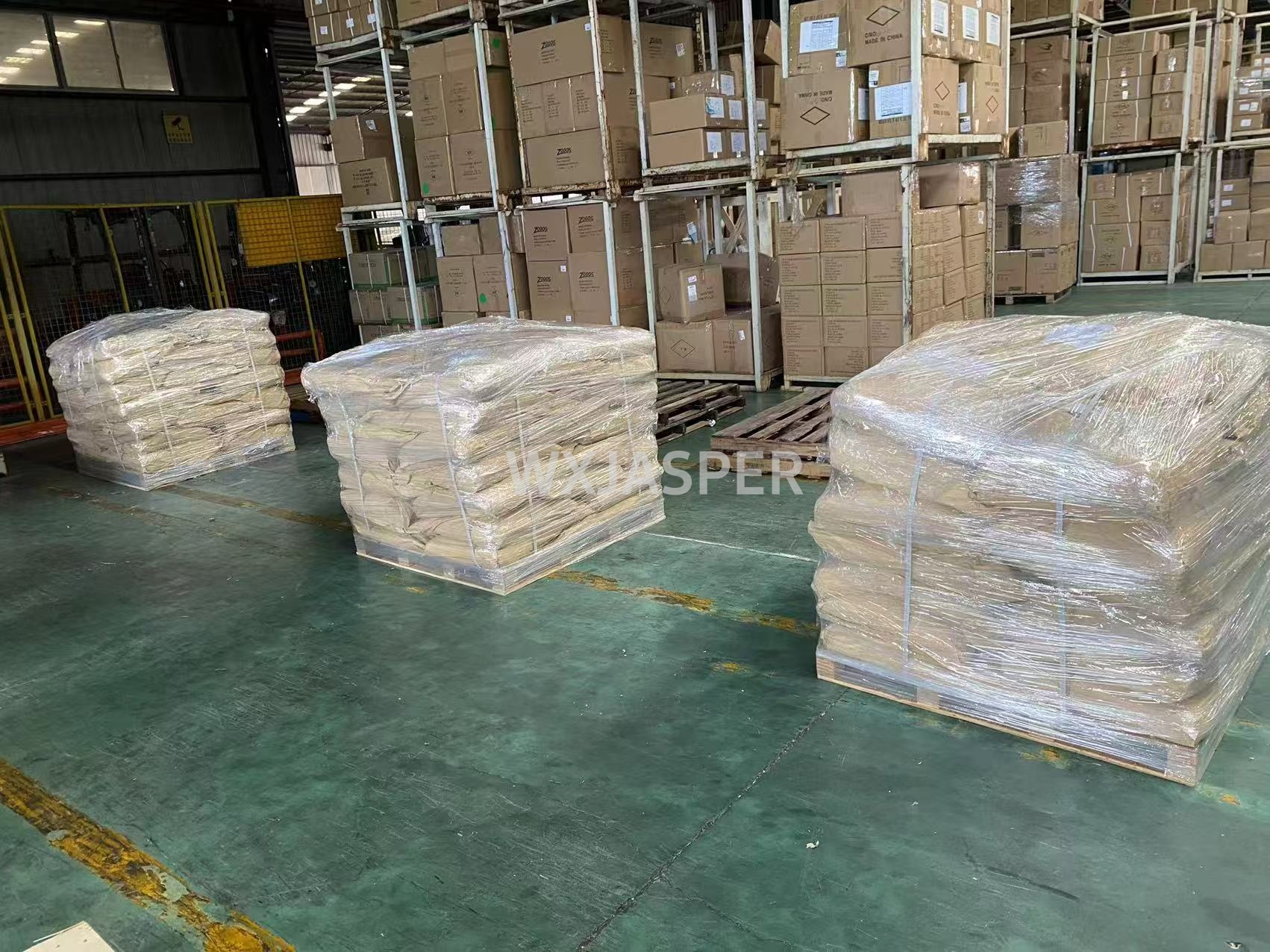Your Location:Home > Products > Solvents > Methyl ethyl carbonate



CasNo: 623-53-0
MF: C4H8O3
Appearance: liquid
Delivery Time: 15 days
Packing: 25kg/bag
Purity: 50%
Basic Information
|
Model NO. |
623-53-0 |
Appearance |
Powder |
|
Color |
White |
Purity |
50% |
|
Sample |
Available |
Specification |
25kg/bag |
|
Grade Standard |
Industrial Grade |
Origin |
China |
|
Transport Package |
Bag |
|
|
Product Description
Product Name:Ethyl methyl carbonate
CAS No: 623-53-0
Molecular formula :C4H8O3
Form: Powder
Product Application
Solvent for Lithium - ion Battery Electrolyte: It is an excellent solvent for lithium - ion battery electrolytes. It has the characteristics of strong solubility for lithium salts, safety and stability. It can improve the energy density and discharge capacity of batteries, and has the advantages of long cycle life, good safety performance, no memory effect, and good low - temperature performance.
Organic Synthesis: It can be used in organic synthesis reactions and participate in the preparation of various chemicals as an intermediate.
Solvent: It can be used as a solvent for special fragrances and intermediates, and can also be used for the dissolution of resins, oils, nitrocellulose and cellulose ethers.
Packaging
25Kg/bag
Storage
It should be stored in a cool, ventilated and dry place, away from fire sources and oxidants, and stored and transported according to the regulations for flammable chemicals.